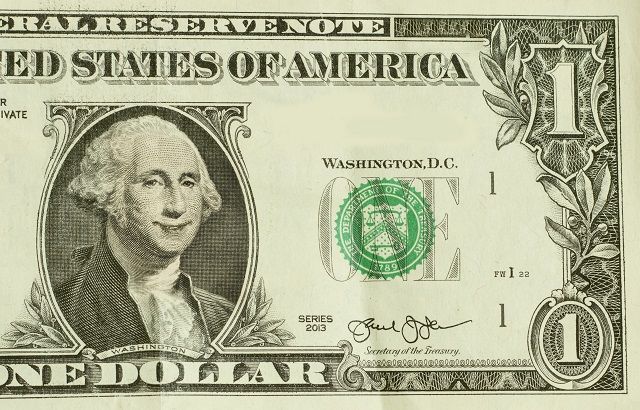It might be a little overvalued but, thanks to the Dollar Smile framework, what seems clear is that dollar movements are driven by capital flows – not economic growth cycles – and these point to a more positive outcome.
In fact, the evidence suggests the dollar will be just fine in the coming quarters. It has done well recently.
The Federal Reserve broad dollar index (a trade index measuring the dollar against a host of other currencies) is up some 5.4% up on the year and US Dollar Index (an older index measured against a smaller basket of currencies) is 1.0% higher this year.
Grin and bear it
Many experts see the dollar bearishly from this point.
Their views range from the dollar surrendering some of its safe haven support as the global recovery extends to a more sinister opinion that low US savings will undermine its international currency status, in a globalising world.
The Dollar Smile framework (below) throws these views out of the window.
Over the last 20 years it’s helped us think about what drives the dollar cycle.

Most currencies tend to track economic growth. The Australian dollar is a good poster child for this relationship: it strengthens when the national economy enjoys exceptional growth.
The dollar displays these characteristics but, uniquely, it also displays safe haven characteristics. This means that when the economy grows, so capital flows out.
Hence we see the convex relationship in the diagram. the dollar has tended to appreciate whenever the US leads the world into a recession and when it leads the world into a recovery or an expansion phase.
In 2020, the dollar did indeed rally at the height of the crisis (point A in the diagram). As the global economy to normalise, led by US equities, the dollar has weakened modestly from the cycle peak. We are near point B now, we think.
Perhaps this ‘gutter’ phase has drawn structural dollar bears out of hibernation?
What they miss is the propensity for a US-led recovery with the dollar performing fine over the euro – and the inability of emerging markets to grow quickly after being ravaged by the pandemic.
These likelihoods suggest we will move towards (though not completely to) point C on the Dollar Smile framework. This is what supports our “just fine” thesis.
What’s it worth?
In some respects the bears are correct on the dollar’s over valuation.
Our analysis says it’s around 12% overvalued on an index basis and the fair value of the dollar against the euro is around 1.22.
But why on earth does this suggest further weakening?
It doesn’t. This is a modest mispricing. It’s about half as large as the dollar overshoot in the mid-1980s and in the early-2000s. A dollar mispricing needs to reach a certain threshold before it engages reverse gear – and we’re not close to that threshold.
Moreover, it’s remarkable that some investors demand that the dollar needs to be at equilibrium when both bonds and equities are far from their equilibria – which means they accept the large mispricing of most markets but singularly disapprove the relatively modest mispricing in the dollar.
Bears and doves
We take a wholly different, more positive view.
It’s one that comes with a few conditions, because we assume that the US economy will lead the world in the recovery, even if not in the very initial phase: US out-performance is necessary for a move to the right side of the Dollar Smile.
The prospective dollar appreciation we envisage may nevertheless be relatively modest, in light of the Federal Reserve’s dovish stance, and a dramatic change in economic policies after the US Elections might impede the dollar.
But these are conditions – and they should not overshadow the evidence, and history, pointing towards capital flows providing good support for the dollar. It should do just fine.
This article was written for Expert Investor by Stephen Li Jen, chief executive, and Joana Freire, research analyst, at Eurizon SLJ.







